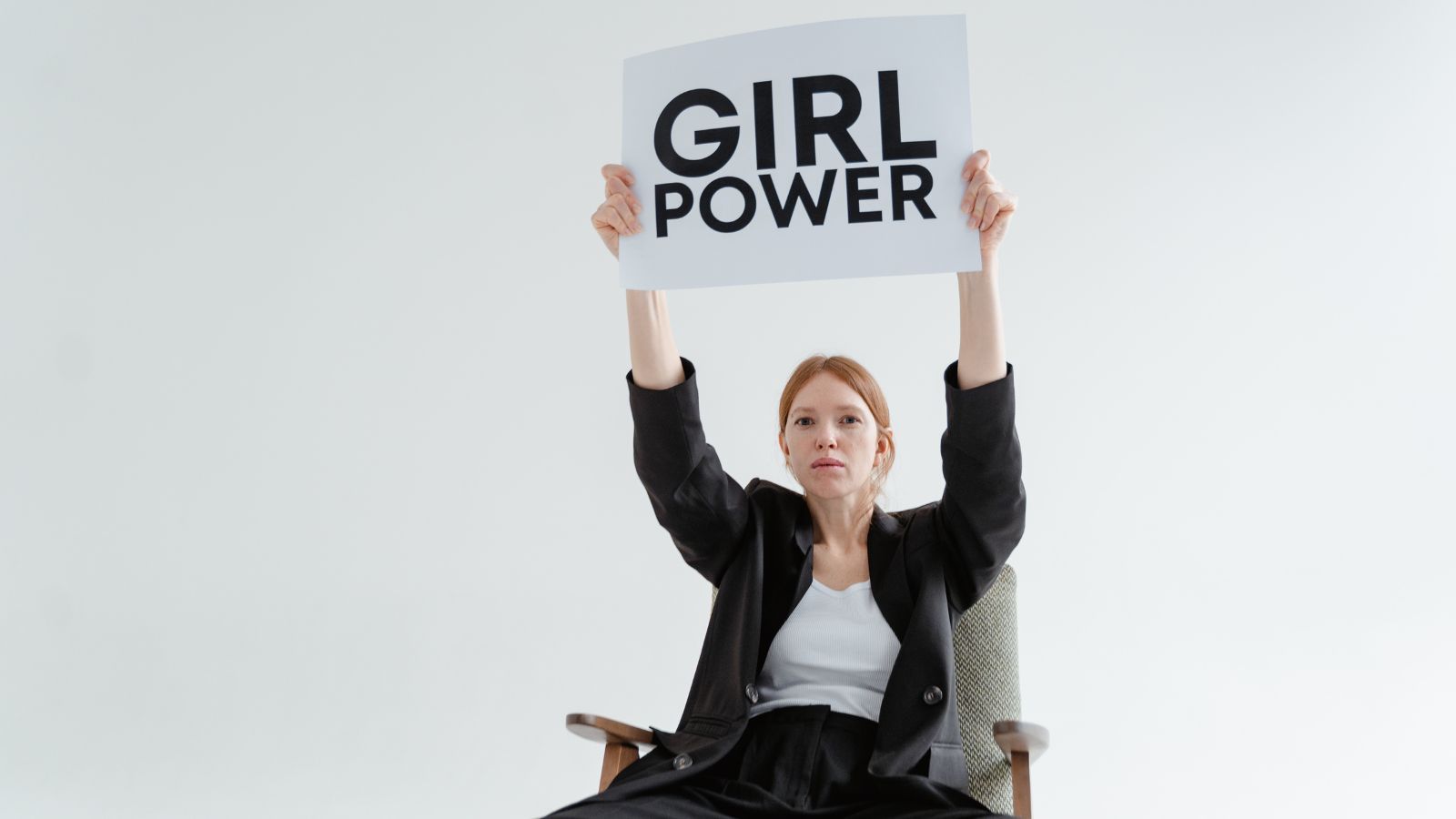A lot of companies focus on the customer only after they’ve purchased something. But newsletters can be a great tool to show customers how their business is changing and improving over time, while simultaneously encouraging engagement in new areas that will benefit them long-term.
The “how to make a newsletter more interactive” is a way of connecting with customers. It is important that you keep your audience engaged and informed. This can be done by adding images, videos, or other interactive elements into your newsletters.

Much has been said about email’s demise and the significance of social media, but let’s be clear: these rumors are false. At the end of the day, email marketing is still the preferred medium for most marketers.
This is supported by many studies that indicate email newsletters continue to provide the greatest marketing return on investment. Email newsletters have been shown to be 40 times more successful than social media in certain studies, such as one performed recently by the consulting firm McKinsey & Company.
That may explain why 83 percent of B2B businesses utilize email newsletters to promote their products. However, not all newsletters are equally successful. So, here’s a rundown of the most important aspects of newsletter production that produce results.
Readers who join up for your email are unlikely to do so because they desire marketing or sales messages. Yes, they are aware that you will sometimes include product pitches and offers, but they most likely joined up for another purpose.
The most fundamental and important aspect that distinguishes successful newsletters from those that fail is understanding that your newsletter must provide value to the reader rather than simply a sales pitch. Go easy on the sales and heavy on the value you provide to your audience. Include a call to action, but don’t make it the primary emphasis of the email.
In addition, the value you provide in your email should be tailored to your target demographic. The landing page or WordPress email subscription blurb that advertised your newsletter during registration set the tone for what the reader would receive if they subscribed, and you must deliver on those promises or you’ll have a lot of unsubscribes. Use these promises to help you decide what to include in your newsletter.
When it comes to subject lines, spend nearly as much time on them as you do on the content of your mail. Nearly 33% of emails are opened because of the subject line, and 69 percent of readers use the subject line to determine if an email is spam. As a result, you must win the topic line.
Make your subject line straightforward and short, and use the same strategies you’d use to write a successful blog post title: strong word choice, a tease the reader will want to know the answer to, and clarity on what’s coming next. And not clickbait, since Millennials and Gen Z are no longer interested in it.
Consider personalisation and emoticons while writing your topic line. Even if you’re not a teen and don’t use emojis, they help attract attention to your subject line and are now widely accepted. So, when it’s suitable, utilize them.

Newsletters should have suitable and consistent branding so that recipients know they’re receiving an email from your company, but don’t go overboard with the design. Email today regularly supports HTML and pictures, but email client compatibility varies, and if there’s too much style or a lot going on in the email, your message may be lost.
More than 40% of emails are now accessed on mobile devices, therefore a simple design is very essential. The email marketing software company you select may provide a variety of fancy-looking layouts to demonstrate that they have a variety of choices, but stick to basic layouts that emphasize your main message.
This also applies to the amount of information you provide in your newsletter. Keep the amount of parts to a minimum of five, with one major concept and a couple little blurbs at the conclusion. This manner, the reader receives the primary concept stated in the subject line, rather than a generic email that seems to provide the same value each time it comes in the inbox.
How often to deliver your newsletter to subscribers is one of the most often asked topics regarding newsletter marketing. This is also important for the effectiveness of your mailing.
While there is no hard and fast rule, one mailing each week is a good starting point. Your readers will forget about you if you send less. If you send more, you’ll annoy most subscribers and lose your audience’s belief in your brand as the center of the universe.
Sending frequency should be tailored to your target and content marketing strategy. For example, if your target audience includes fashionistas, they may enjoy regular updates on the newest trends.
You may also want a weekly email newsletter, but your company doesn’t generate much material and you don’t want to hire a content marketing agency. Obviously, you’ll have to reduce the frequency of your newsletters in that scenario, since each email must provide value.
The reward for reading is one of the greatest techniques for producing a successful email that is constantly underutilized by the overwhelming majority of marketers. Don’t be one of the companies that misses the boat.
The concept is simple: everyone who opens and reads your email will get a gift. In addition to providing value in your newsletter, providing a perk or reward that is exclusively accessible to subscribers helps your mailings stand out from sales pitches.
In your mailings, you may provide a variety of incentives. It may be a limited-edition item with a limited-time offer. Access to a unique event or webinar, or exclusive information that isn’t accessible anywhere else. It may even be something as basic as a poll or an ebook that isn’t widely distributed.
Table of Contents
ToggleContinue to improve your newsletter-writing skills.
You’ll be well on your way to a successful newsletter marketing campaign if you incorporate these key components in your email newsletter preparation. But don’t stop there; the last step in winning the mailing game is to keep iterating and developing your strategy. Experiment and put things to the test. If you stick with it, you’ll soon have a profitable email marketing channel.
The “good newsletter examples” are a few newsletters that have been proven to be successful. The best way to create a good newsletter is to take the time and really think about what you want your readers to do when they read it.
Frequently Asked Questions
How do I make a newsletter more interactive?
A: If you want your newsletter to be more interactive, you can put a question at the end of each issue.
How do you increase engagement on a newsletter?
A: Increasingly, marketing experts are focusing on the engagement metric. This is a crucial factor for any successful marketing campaign and email newsletter in particular. The engagement metrics most heavily rely on what level of users have opened emails, clicked links or downloaded content from your newsletters. When you build an effective email subscriber list, it becomes easier to engage them by sending out advertising messages that they will likely be interested in based off their individual interests and preferences.
What are 5 elements of an effective newsletter?
A: An effective newsletter has a clear purpose, is easy to read, includes images that are relevant and catchy, contains calls-to-action for readers to take action on the content theyve just read.
Related Tags
- how to design and create the media in newsletter
- newsletter content ideas
- what makes a good newsletter
- good newsletters
- how to write a newsletter for a company



